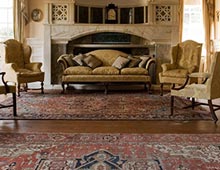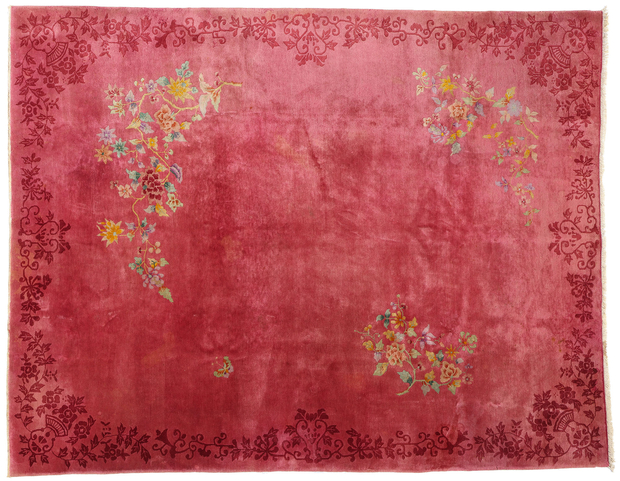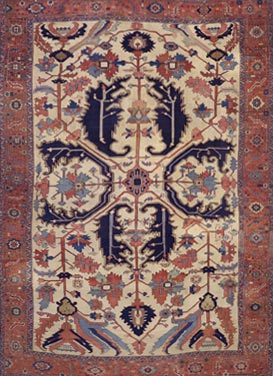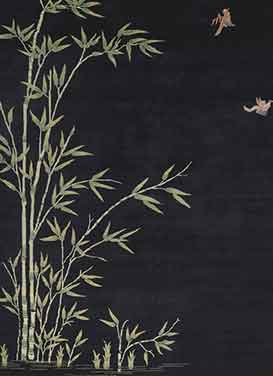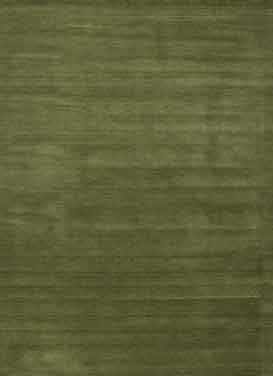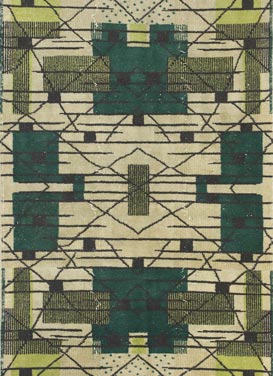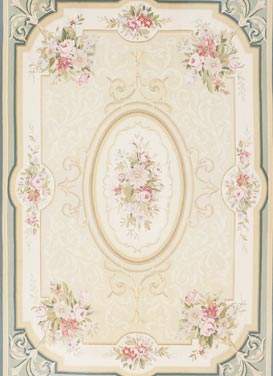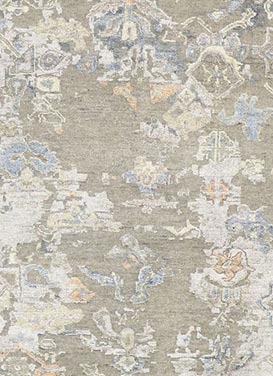- Inquiry
Description
78894 Antique Chinese Art Deco Rug, 09'00 x 11'05.
Channeling the famed Walter Nichols style of the 1920s and 1930s, this hand-knotted wool antique Chinese Art Deco rug features an array of traditional Chinese symbols and floral motifs overlaid upon an abrashed berry-colored field. The tone-on-tone floral design appears like sumptuous brocade, recalling the rich and luxurious furnishings of bygone eras from the Qing and Ming dynasties. The intricate floral motifs of lotuses, peonies, chrysanthemums, and plum blossoms are elegantly spread across the composition in opposite corners, creating a sense of splendor and vitality that cannot be contained.
The ensemble of flowers represents the Four Seasons, with each bloom carrying its own significant meaning in Chinese culture. The lotus, symbolizing summer, represents purity and perfection, emerging vibrantly from the mud of swamps and marshes. Peonies, emblematic of spring, signify unparalleled beauty and honor, often regarded as symbols of wealth. Chrysanthemums, associated with autumn, symbolize long life and a golden retirement, with their dried petals traditionally thought to bring longevity when immersed in wine. Plum blossoms, representing winter, symbolize fortitude and resilience, blooming brightly even in the coldest winters. This rich canvas of floral symbolism adds a profound layer of cultural depth to the rug.
The elegant main border features tonal floral filigree, acanthus scrollwork, and a blooming vase in each corner, creating a tantalizing yet harmonious composition. This classic design, combined with expressive motifs, is complemented by the soft, plush pile and rich, saturated color palette typical of iconic Nichols Rugs. This lavish and sophisticated Chinese Art Deco rug brings a touch of Jazz Age splendor to any interior, offering not only aesthetic beauty but also a profound connection to cultural heritage and timeless elegance.
- Abrash. Desirable Age Wear.
- Hand knotted wool.
- Made in China.
- Measures: 09'00 x 11'05.
- Date: 1920's. Early 20th Century.



